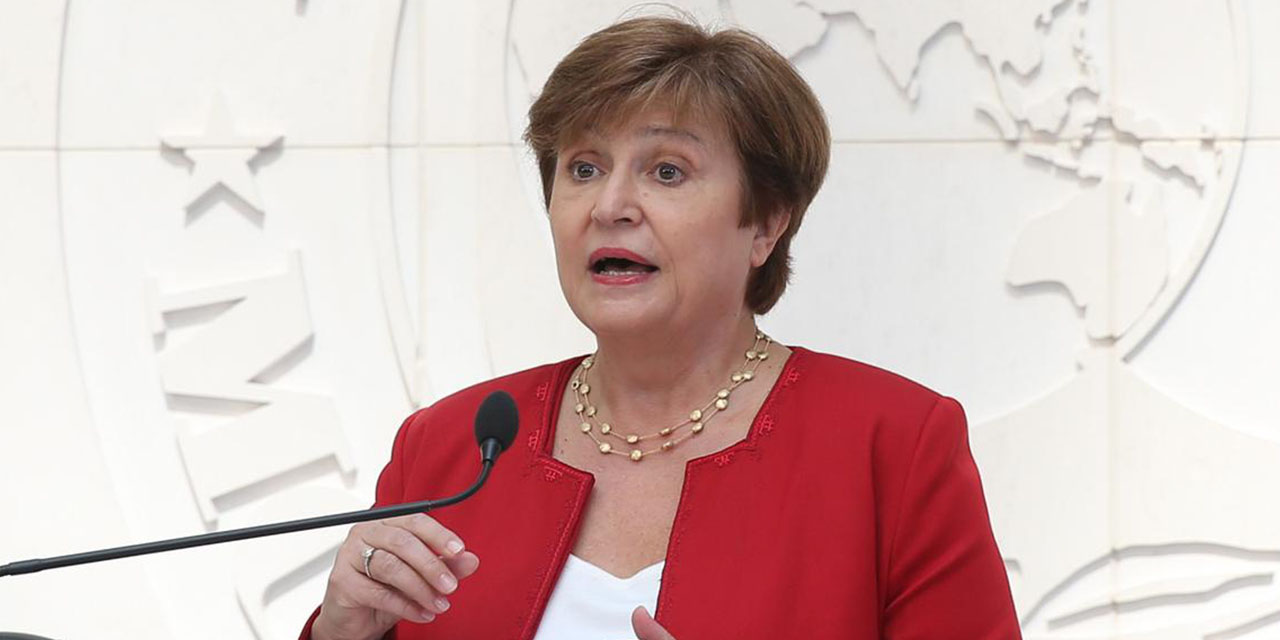The International Monetary Fund wants to close the subsidy gap to low income countries by providing pledges of US$1.6 billion and a second one worth $4.7 billion to close the loan resource gap.
“Remember, each US$1 of subsidy mobilizes US$5 of zero interest loans, and that is what countries rely on for us to be able to support them,” Managing Director, Kristalina Georgieva said.
She said this during the opening of a high-level roundtable discussion on low-income countries’ challenges and concessional financing in Washington this week.
“We have to work together to close this gap and I have no doubt we will be successful, especially in light of the fact that come October, we will be hosted by Morocco for our annual meetings. For the first time in 50 years, the Annual Meetings of the IMF and the World Bank will go to Africa. It is so important that we go there demonstrating that we are able to stand by our poorest members, especially by our African members, “Georgieva said.
Georgieva said in March 2020, when the World Health Organisation announced the start of the pandemic, at that time, all countries were faced with tremendous uncertainty, which was particularly dramatic for low-income countries.
“Since then, we have stepped up support for low-income countries. Because without this support, not only their people would have experienced tremendous hardship, but that hardship would have created instability affecting way beyond their borders, “she added.
She said the IMF was no longer providing emergency financing. “Instead, we have very strong demand for upper credit tranche programs to help these countries build fundamentals and create opportunities for growth and employment for their people, “Georgieva maintained.
According to Georgieva, the global economy is still experiencing a multiplicity of challenges from slow growth and high inflation.
“For these countries, these challenges translate into holding them back in their aspiration to catch up with the better offs. Their per capita income growth for 2023-24 is projected to 2.8 percent. This is the lowest per capita growth since 1990, and that puts them in danger for further divergence unless we act, “she explained.
She said the IMF supports low-income countries as strong as the times require and has provided U$24 billion of financing since the start of the pandemic.
“In addition to increase in demand, we are now experiencing higher interest rates. That makes bringing down the cost of lending to low-income countries harder,”Georgieva added.




